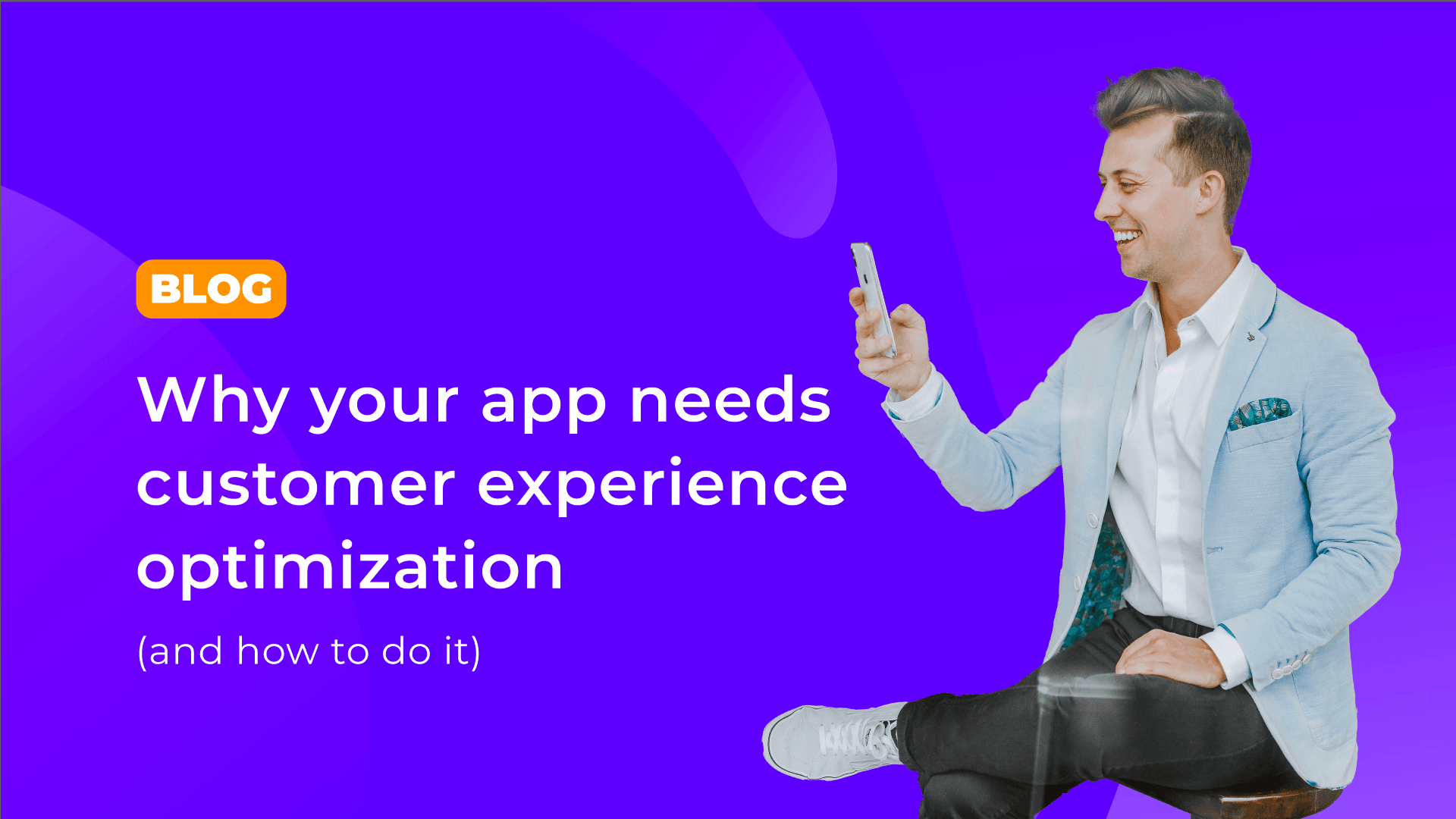

5 Gamification software facts and statistics for business owners
5 Gamification Software Facts and Statistics for Business Owners

This article explores key facts and statistics about gamification software, providing valuable insights for business owners.
All work and no play can get exhausting. Not to mention, it might even lead to burnout within your business. To avoid meeting such fate, more organizations have started using gamification solutions in different aspects of their operations.
Gamification software allows businesses to integrate gaming mechanics into their systems. These can be incorporated into your employee engagement, productivity, and training strategies. Likewise, you can even use it to improve your marketing campaigns, enhance customer experience, and boost your business’ overall sales.
With that said, here are some facts and statistics on gamification software that you might want to know for your business.
Market size
The future for gamification software is bright and hopeful as more companies are beginning to see its benefits. According to research by Orbisresearch, the global gamification market will grow at a rate of 30% between 2019-2025. At the end of that forecast period, it will reach $32 billion by 2025.
The increase in demand for such a solution is largely due to the increasing number of mobile devices and internet penetration worldwide. Another factor is the integration of social network platforms. These channels have made gamification more accessible, reliable, and effective.
Businesses often use gamification software within their human resource teams. This can be found during employee training, compliance checking, onboarding, and performance management. Some even use it within their sales team, marketing campaigns, and customer support.
The major features
Selecting the best gamification software for your business may be challenging especially since there are various options available out there. Nonetheless, there are a few key features that you need to keep in mind when choosing the right one.
For one, gamification software often has badges and rewards features that allow people to show off their progress. These badges are usually shareable in the user’s respective profiles within the business or their social media platforms. Likewise, the rewards can be materialistic or physical.
Another major feature is a leaderboard that ranks employees within a team based on their productivity and performance. Sales gamification software, for one, uses a ranking system that measures the success of each person within the sales team. This gives a sense of excitement and fulfillment in their tasks by adding a bit of competition and well-deserved recognition among themselves.
Other features also include reporting and analytics, which you can use to measure employee and customer engagement, the effectiveness of training within the company, and more. Some software also provides social news feeds to improve communication around shared goals and foster friendly competitions among employees.
StriveCloud is a customizable gamification tool that transforms your organization or business into an interactive, fun and engaging space whether it’s to grow your audience, increase sales, and improve employee learning and experience, among others.
Boost employee productivity by 90%
Gamification solutions serve as the carrot in the carrot and stick approach in managing your employees. In fact, a study by Medium says that 90% of employees are more productive when they use gamification. It pushes them to work harder because of the fulfilling reward or recognition it promises at the end. Likewise, it adds a bit of excitement to their otherwise mundane tasks in the long run.
Studies show that there are two ways to motivate a person. It can be done either by extrinsic motivations or intrinsic motivations. Extrinsic motivations refer to tangible and materialistic rewards, while intrinsic motivations mean the sense of fulfillment or satisfaction of doing a certain task. Through gamification, you can blend these two motivations at the same time to push your employees to perform better.
Businesses often use gamification software for employee engagement. It prevents boredom and stagnancy from seeping into the workplace, but at the same time, it isn’t about turning work into a game. It uses psychology to motivate them to set higher goals for themselves.
Improve customer satisfaction
Nowadays, marketers use gamification features to capture their target audience’s attention. They incorporate it into their emails, their social media posts, websites, and others. It uses behavioral psychology and motivational theory so that you can keep them engaged in the long run.
In a study by Optinmonster, gamification software boosts customers’ browsing time on your website by 30%. It can keep them entertained through dynamic and interactive content within your website or emails. Gamification also offers special rewards that keep them engaged. These rewards can be physical rewards, vouchers, discounts, and others. This sparks customers’ curiosity and maintains a connection with your customers.
Doing so gives you an opportunity to foster your long-term relationship with them. Some gamification solutions can also provide loyalty programs. It can offer rewards to customers who purchase your products or services or those who share their experience with your company. Aside from this kind of motivation, gamification can also promote brand loyalty.
Enhance the learning experience by 60%
Various studies claim that play is the most efficient and effective way to learn. Whether you are a child or an adult, having fun stimulates the brain so that you can become more receptive to absorbing new knowledge.
Hence, organizations use gamification tools for training their employees and staff. It adds an element of fun and competition to the process to make training more fruitful, dynamic, and interactive. Likewise, it puts their newfound knowledge to practical use to test the training’s effectiveness. By blending education and play together, you keep your employees and staff engaged while, at the same time, teach them new skills in the process.
Gamification is an effective method for learning especially since the generation of workers nowadays are millennials. These are the kids who grew up with computers and video games. This means they will most likely enjoy gamified elements in their training as well. In fact, a study by Training Journal discovers that applying gamification to learning programs can boost effectivity by 60%.
Make work fun
Using gamification tools can make your employees and customers feel more connected with the company. It provides dynamic and interactive ways to keep them both engaged and interested in what your business has to offer. However, it isn’t just all play with gamification software. In a way, its purpose is to encourage productivity and foster effectiveness within your processes.
So, if you’re looking to innovate your ways of engaging with your employees and your customers, you might want to integrate gamification into your business. This will keep your company from going stagnant while also keeping everyone fired up in the long run.
Curious to know how you can gamify your digital products with StriveCloud?
Contact us for a custom demo.
Related Posts

The science of how to motivate your customers with app gamification
71% of users uninstall apps within just 90 days due to a lack of motivation. Gamification can be your solution. Rooted deep in our psychology, you can design experiences that motivate customers and keep them loyal. Leading brands are already doing it! Check out these three gamification features and how market leaders are using them.

The 6 stages of the customer experience and the best ways to improve them in 2023
The mobile app market is set to grow 21% every year between 2021 and 2025. So things will not stay the same for long! Given this, your customer experience optimization strategy needs to be the best it can be so that your business is strong and flexible. The Mobile App Funnel can be a great model to assist your journey.

